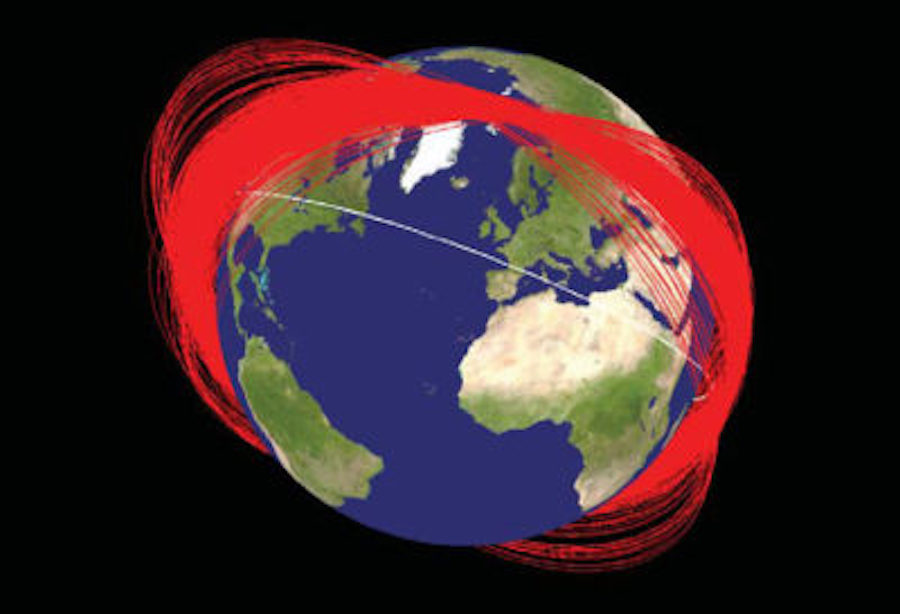DoD report: China intends to pursue ASAT weapons despite its rhetoric against the militarization of space.
WASHINGTON — China is progressing with the development of missiles and electronic weapons that could target satellites in low and high orbits, the Pentagon says in a new report released Sept. 1.
China already has operational ground-based missiles that can hit satellites in low-Earth orbit and “probably intends to pursue additional ASAT weapons capable of destroying satellites up to geosynchronous Earth orbit,” says the Defense Department’s annual report to Congress on China’s military capabilities.
DoD has been required by law to submit this report since 2000.
The Pentagon says Chinese military strategists regard the ability to use space-based systems and to deny them to adversaries as central to modern warfare. China for years has continued to “strengthen its military space capabilities despite its public stance against the militarization of space,” the report says.
China has not publicly acknowledged the existence of any new anti-satellite weapons programs since it confirmed it used an ASAT missile to destroy a weather satellite in 2007, but the nation has been steadily advancing in this area, the report says. So-called counterspace capabilities developed by China include kinetic-kill missiles, ground-based lasers, orbiting space robots and space surveillance to monitor objects across the globe and in space.
Electronic weapons — such as satellite jammers, cyber capabilities and directed-energy weapons — also are part of China’s arsenal of counterspace systems.
According to China’s military strategy, an adversary’s imaging, communications navigation and early warning satellites would be targeted in order to “blind and deafen the enemy,” says the report.
Besides strengthening its anti-satellite weapons technology, the report notes, China is advancing space capabilities across the board — in satellites, launch vehicles, sensors and lunar systems, all intended to help fulfill China’s long-term goal of becoming the world’s most powerful space power.
